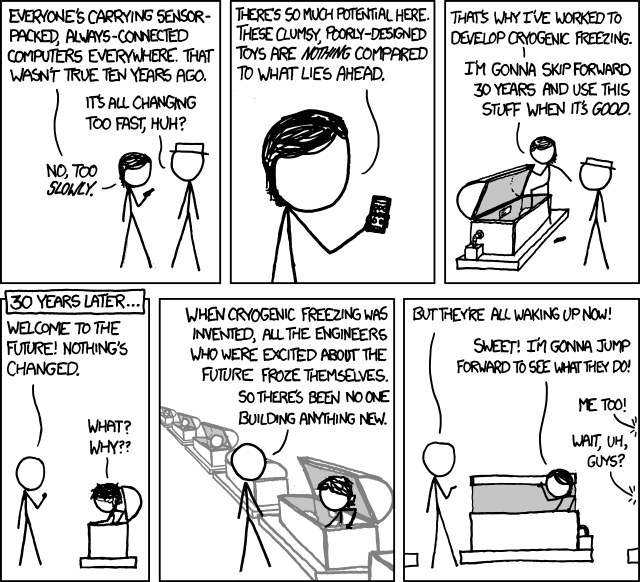Confessions: FSDB:
Robert Horvath shares with us a confession from a system a long, long time ago.
When I was twelve years old, I wrote my first point-and-shoot game on my Commodore 64. The next year, I burned-out that very same C64 by trying use its sound chip for placing phone calls. At fourteen, I taught myself Pascal and wrote a little program that hid itself in memory and snooped on my classmates’ and teachers’ passwords as they typed them in. There was no question about it. Before I even entered high school, I was a bona fide computer genius.
By the time I graduated high school, I was ready to take on the world – or, more specifically, the World Wide Web. With my technical acumen, I had no problem finding a job as a “webmaster” at a local marketing company. My job mainly consisted of creating and copying static HTML pages on different servers for different websites, but every now a client needed something a little more exciting. And, as obviously the most qualified guy there, I always volunteered.
One client – a fairly large print magazine – wanted to not only bring their content online, but maintain it themselves. With my two months of HTML experience, I was just the person to implement a content management system!
After spending a few hours googling on AltaVista, I quickly became an expert on CGI. I then picked up a copy of “Teach yourself C/C++ in 21 days”, read the first few chapters, and was ready to write my very first CGI script, or “web application” as you’d call it today.
First things first, I re-invented and re-implemented the request parsing wheel. That took a few solid weeks to do, and another couple to debug until it became stable. And then I wrote a simple, file-based dynamic content management system: HTML files were created from the “create article” form contents, saved to the disk with a date-based file name, and the appropriate index.html files were updated to link to the file name. As I was wrapping things up, my boss delivered some great news: the client now wanted a site search feature for the site.
Back then, I hadn’t even heard the word “database” before, let alone knew how to use one. So, I needed to get clever. I figured, a site search should return all articles that matched a particular word and it should also allow for wildcard-like searching. Obviously, opening and searching each file would be would be incredibly slow (especially with wildcards), so I needed to think of something else.
Then it hit me: doing a ls with wildcards was basically instantaneous, so if I could just use that, my search would be instantaneous as well. The algorithm I came up with was pretty simple.
- When an article is uploaded, split it into individual words.
- For each word, check if a file exists on disk with that name, and add it if not.
- Append the article’s file name to the word file name.
As you might image, the search involved little more than an ls *search_word* and a few more file-opens to display the articles on the page. And it worked about as well as you might imagine. I left that company long before I ever had to maintain my mess, but I still shiver when trying to imagine the WTF-moment of my follower.



![]() I can watch this How It’s Made style factory footage for hours. This beast is called a “gabion machine,” which seems to be a slight misnomer. A “gabion” is a cage filled with sand or stone used in civil or military engineering, e.g. for erosion control. What this machine is actually making, of course, is wire mesh of the type used to make gabions, which a lot of people call “chicken wire.” Twisting all those strands at once requires a lot of power-check out the size of the crank. [via Boing Boing]
I can watch this How It’s Made style factory footage for hours. This beast is called a “gabion machine,” which seems to be a slight misnomer. A “gabion” is a cage filled with sand or stone used in civil or military engineering, e.g. for erosion control. What this machine is actually making, of course, is wire mesh of the type used to make gabions, which a lot of people call “chicken wire.” Twisting all those strands at once requires a lot of power-check out the size of the crank. [via Boing Boing]




 We've shown you
We've shown you 